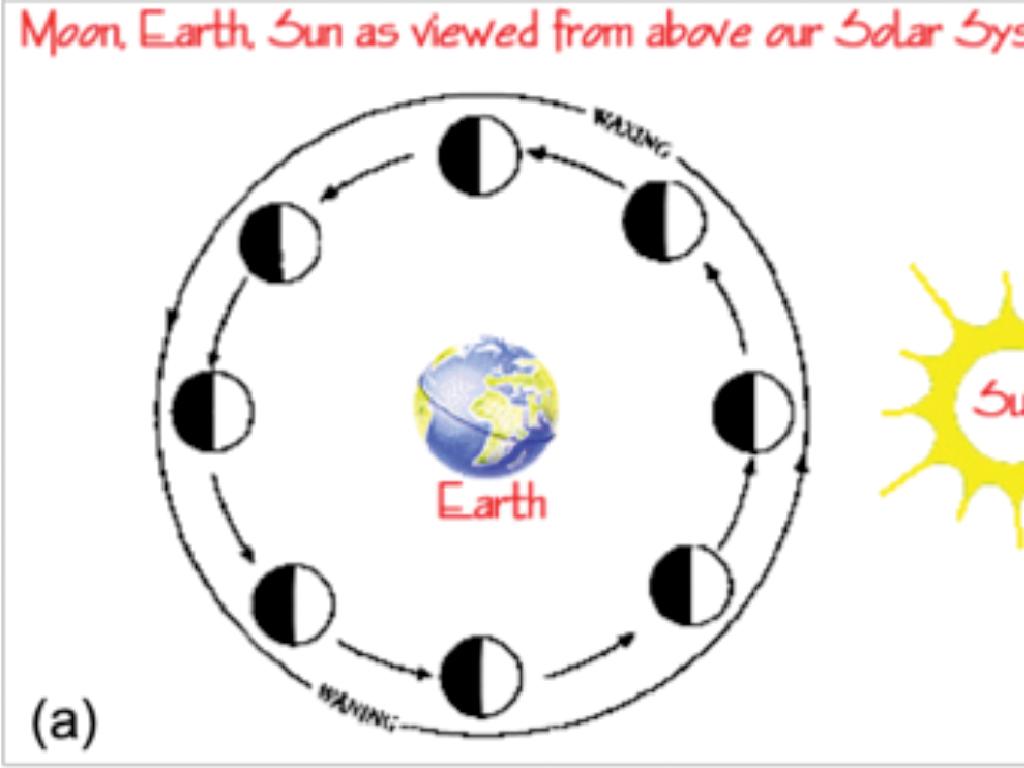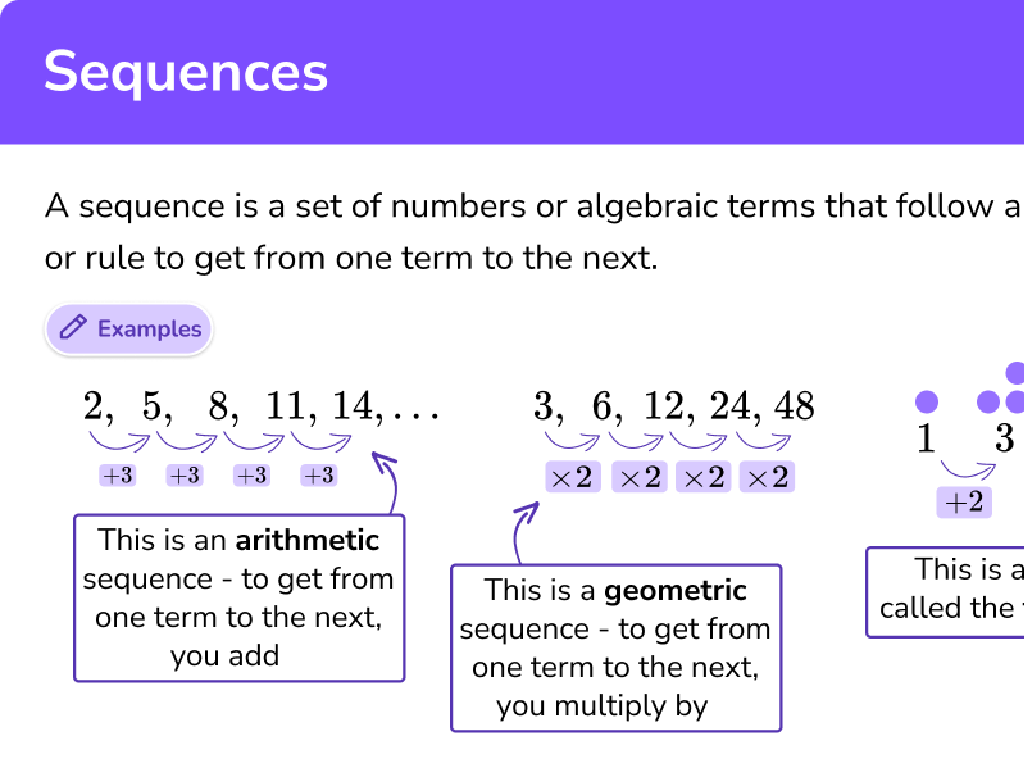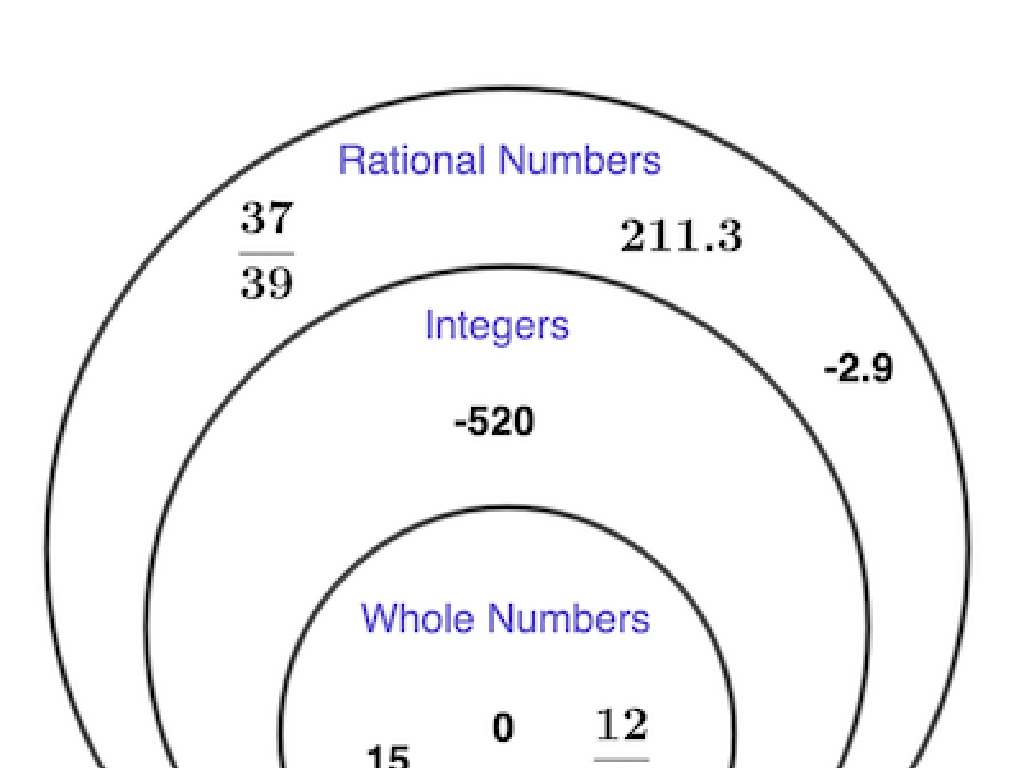Introduction To Natural Selection
Subject: Science
Grade: Eighth grade
Topic: Adaptations And Natural Selection
Please LOG IN to download the presentation. Access is available to registered users only.
View More Content
Welcome to Natural Selection
– Adaptations define survival
– Traits that increase survival and reproduction chances
– Species evolve over time
– Gradual changes in species to better fit their environment
– Charles Darwin’s pivotal role
– Developed the theory of evolution by natural selection
– Natural selection in action
– Examples: Peppered moths, Darwin’s finches
|
This slide introduces the concept of natural selection, a fundamental mechanism of evolution. Adaptations are traits that help organisms survive and reproduce in their environments. Over generations, species evolve, developing characteristics that are better suited to their surroundings. Charles Darwin’s work laid the foundation for understanding this process. Highlight Darwin’s observations of finches in the Galápagos Islands, which adapted different beak shapes to access various food sources. Use real-life examples like the peppered moth, which changed color due to industrial pollution, to illustrate natural selection. Encourage students to think of other examples where animals or plants might have adapted to their environments.
Understanding Natural Selection
– Define natural selection
– Process where organisms better adapted to their environment tend to survive and produce more offspring.
– Environment’s role in selection
– Natural selection is driven by environmental challenges like climate, predators, and food sources.
– ‘Survival of the fittest’ explained
– It’s not just physical strength; it’s about how well an organism’s traits help it survive and reproduce.
– Examples of natural selection
– Peppered moths’ color change due to industrial pollution is a classic example of natural selection in action.
|
This slide introduces the concept of natural selection, a core mechanism of evolution. It’s crucial to explain that natural selection is the process by which certain traits become more common in a population because they contribute to an organism’s survival and reproductive success in a given environment. Emphasize that ‘survival of the fittest’ refers to the fit between organisms and their environment, not just physical strength. Use real-world examples, like the peppered moth, to illustrate how environmental factors can lead to changes in populations over time. Encourage students to think of other examples where animals or plants might have adapted to their environments.
Key Principles of Natural Selection
– Species exhibit variation
– Individuals in a species show differences in size, color, and other traits.
– Traits are inherited
– Offspring inherit traits from their parents, which may give them advantages.
– Overproduction of offspring
– Species produce more young than can survive due to limited resources.
– Survival is non-random
– Individuals with advantageous traits are more likely to survive and reproduce.
|
This slide introduces the fundamental concepts of natural selection, a process critical to understanding evolution. Emphasize that variation is a natural occurrence within all species, which is essential for natural selection to occur. Traits that are beneficial for survival are more likely to be passed down through inheritance. Overproduction of offspring leads to competition for resources, and not all will survive. Survival tends to favor those with advantageous traits, which is a non-random process influenced by the environment. Encourage students to think of examples, such as the peppered moth, to illustrate these principles in action.
Examples of Natural Selection
– Case study: The Peppered Moth
– Before the Industrial Revolution, light-colored moths were common due to blending in with tree bark.
– Predators’ role in natural selection
– Predators tend to catch and eat prey that are easier to see, leaving the others to survive and reproduce.
– Adaptations to environmental changes
– Organisms may develop traits like thicker fur for cold climates or camouflaged coloring.
– Survival of the fittest
|
This slide presents concrete examples to illustrate the concept of natural selection. The Peppered Moth case study is a classic example, showing how the population shifted from light to dark-colored moths due to changes in the environment during the Industrial Revolution. Highlight how predators influence natural selection by preying on the most visible organisms, which can lead to a change in the population’s traits over time. Discuss how environmental changes drive organisms to adapt for survival, leading to the concept of ‘survival of the fittest.’ Encourage students to think critically about how these examples show natural selection in action.
Natural Selection in Action: Giraffes
– Giraffe’s long neck: a study
– Giraffes with longer necks could reach higher leaves, providing a survival advantage.
– Competition drives survival
– Scarce resources lead to a ‘survival of the fittest’.
– Evolution of the giraffe’s neck
– Over time, giraffes with longer necks survived and reproduced, passing on their genes.
– Natural selection over generations
|
This slide explores the concept of natural selection using the example of the giraffe’s long neck. It’s important to explain that natural selection is a process where organisms better adapted to their environment tend to survive and produce more offspring. The giraffe’s neck length is a classic example, where those able to reach more food sources had a competitive edge. Over many generations, this trait became more common in the population. Discuss with students how environmental factors can influence the development of physical traits and encourage them to think of other examples where animals have adapted uniquely to their surroundings.
Misconceptions about Natural Selection
– Not ‘survival of the strongest’
– It’s actually ‘survival of the fittest’, meaning the best adapted to the environment.
– It’s a gradual process
– Evolution through natural selection takes generations to see significant changes.
– Natural vs. Artificial selection
– Natural selection is random and unguided, while artificial selection is human-directed.
– Understanding the subtleties
|
This slide aims to clarify common misunderstandings about natural selection. Emphasize that ‘survival of the fittest’ doesn’t necessarily mean the physically strongest, but rather the organisms that are best suited to their environment. Highlight the fact that natural selection is a slow process that occurs over many generations, not a rapid change. Contrast natural selection with artificial selection, where humans breed plants and animals for desired traits. This comparison helps students grasp the concept of selection and the role it plays in evolution. Encourage students to think critically about these concepts and ask questions to further their understanding.
Class Activity: Survival of the Beaniest
– Simulate birds feeding on beans
– Understand variation’s role in survival
– Variations in bean types simulate prey diversity
– Use tweezers as beak types
– Different tweezers show how beak types affect feeding
– Observe natural selection in action
|
This activity is designed to help students visualize the concept of natural selection. By simulating birds with different beak types (tweezers) feeding on various types of beans (prey), students will see firsthand how variations can affect an organism’s survival. The different beans represent the genetic variation in prey, and the tweezers represent the genetic variation in bird beak types. Students will observe that certain beak types are more efficient at picking up specific beans, illustrating the idea of ‘survival of the fittest.’ For the teacher: Prepare different types of beans and tweezers. Divide the class into groups and assign different beak types to each group. After the activity, lead a discussion on how this simulation reflects natural selection in nature. Possible variations of the activity could include changing the ‘environment’ by using different colored cloths or timing the ‘feeding’ to see which beak type is fastest.
Wrapping Up: Natural Selection
– Recap of natural selection
– Encourage student questions
– Natural selection and biodiversity
– Variation in traits leads to differential survival
– Discussing natural selection’s impact
– More successful traits proliferate, increasing species diversity
|
As we conclude our lesson on natural selection, it’s important to revisit the key concepts to reinforce student understanding. Start by summarizing the principles of natural selection, including variation, inheritance, high rate of population growth, and differential survival and reproduction. Open the floor for students to ask questions or share their thoughts, fostering an interactive environment. Explain how natural selection contributes to biodiversity by favoring traits that are advantageous for survival, leading to a variety of species and traits within ecosystems. Discuss the long-term impact of natural selection on species and their environments. Encourage students to think critically about the role of natural selection in the current biodiversity of our planet.






